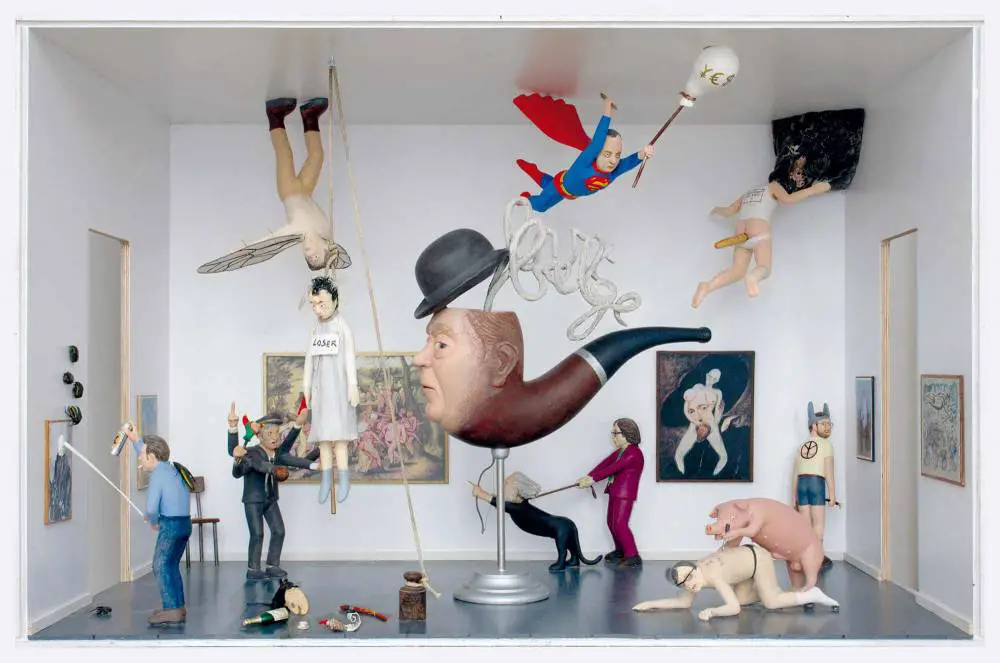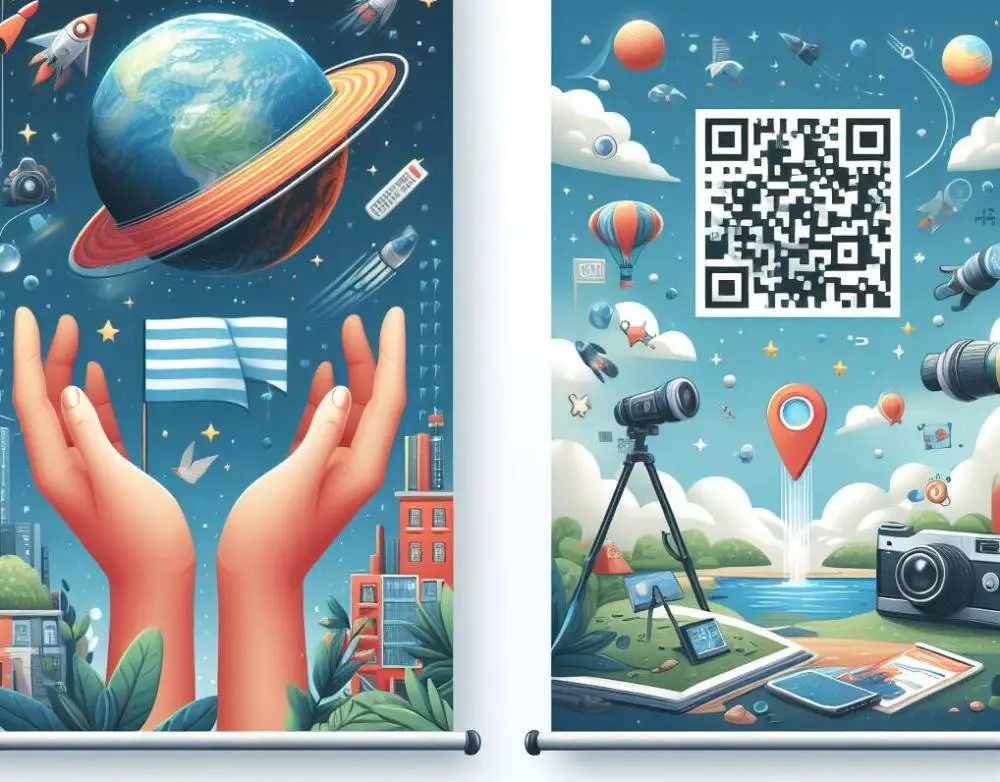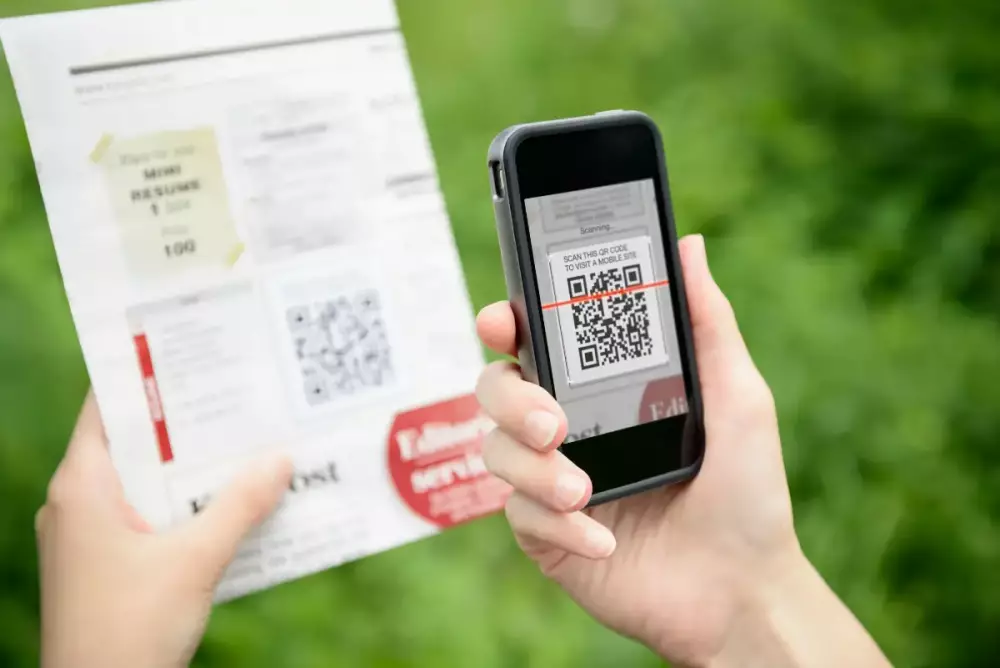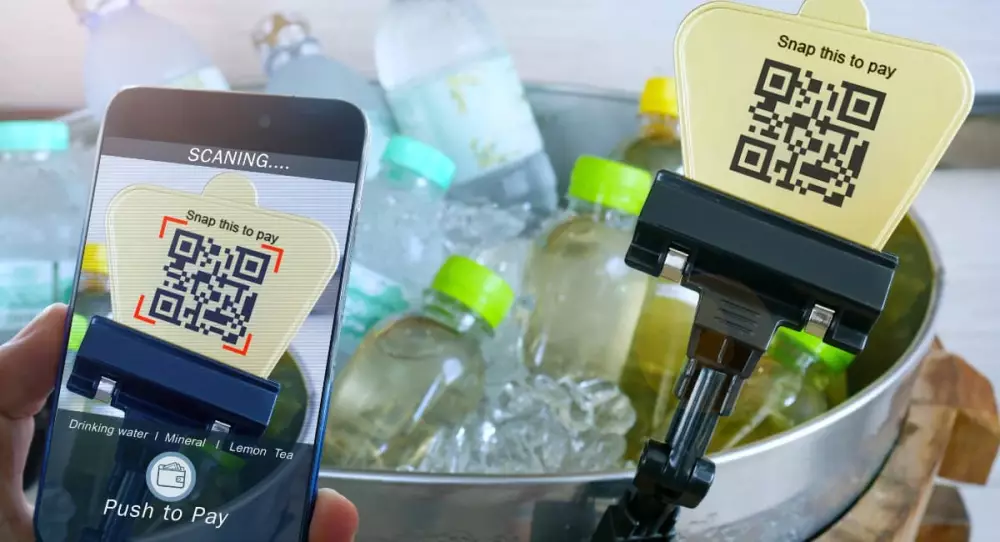QR Codes in Historical Museums: Enhancing Visitor Experience with Technology
In the world of modern technology, QR codes have become increasingly popular in various fields, including marketing, advertising, and education. One area where QR codes can be particularly useful is in historical museums, where they can enhance the visitor experience and provide an interactive and engaging way to learn about the exhibits.
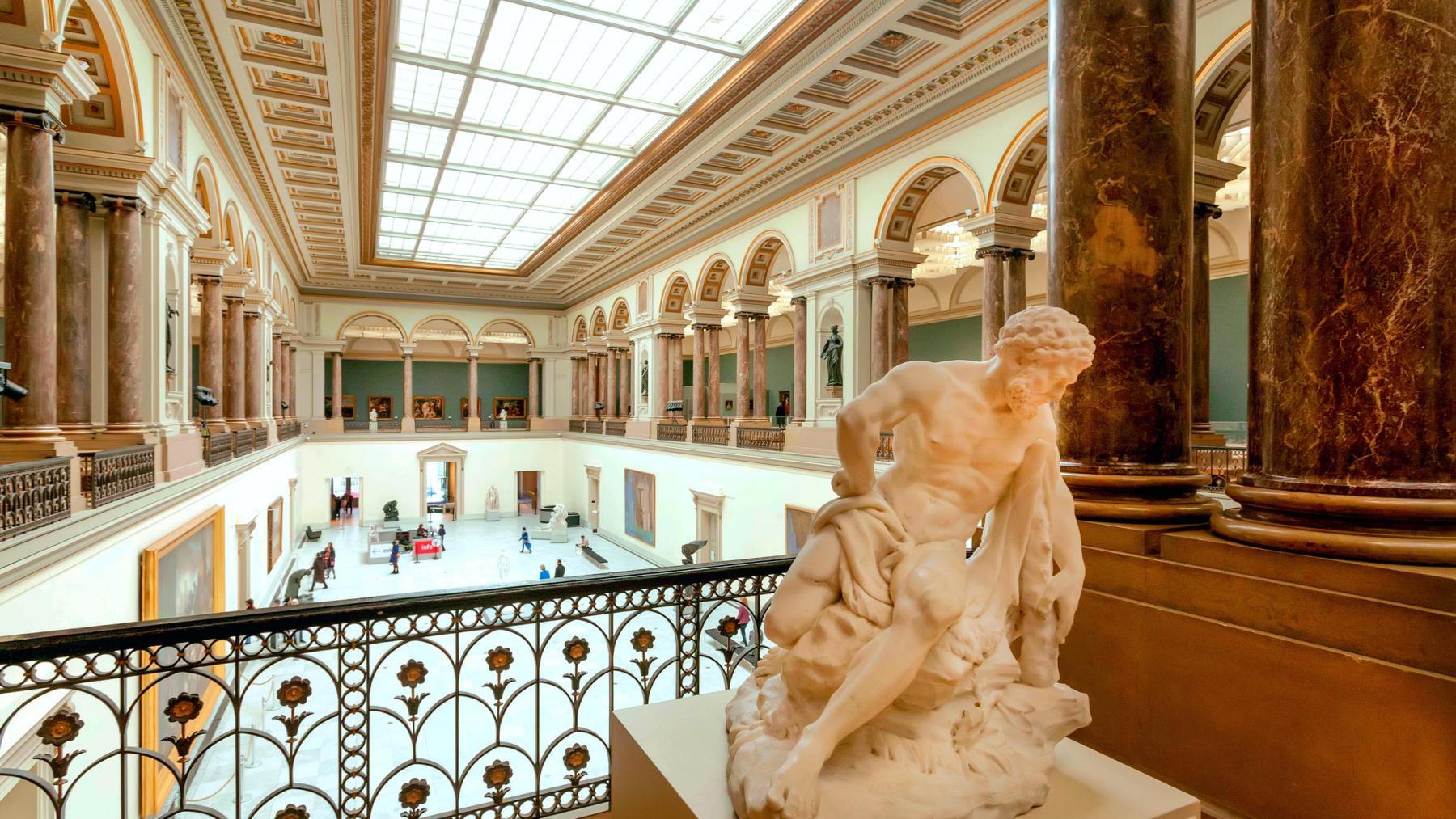
What are QR codes?
QR codes, short for Quick Response codes, are two-dimensional barcodes that can be scanned using a smartphone or other mobile device. When scanned, the QR code can link to a website, video, or any other online content. QR codes are easy to create, cost-effective, and can be placed on virtually any surface, making them a versatile tool for museums.
Why use QR codes in historical museums?
Historical museums are often filled with fascinating exhibits, but it can be challenging to engage visitors and keep their attention for an extended period. QR codes provide an opportunity to connect visitors with additional information and stories related to the exhibit they are viewing. QR codes can also be used to provide a more interactive experience, allowing visitors to access videos, audio recordings, and other multimedia content related to the exhibit.
Another benefit of QR codes is that they can help museums to cater to different learning styles. Some visitors may prefer to read information on exhibit labels, while others may prefer a more hands-on, interactive experience. QR codes provide an additional way to engage visitors and offer different types of learning experiences.
How can museums use QR codes?
There are several ways that museums can use QR codes to enhance the visitor experience:
- Exhibit labels: QR codes can be placed on exhibit labels, providing visitors with access to additional information related to the exhibit. This information can include images, videos, audio recordings, and other multimedia content.
- Interactive exhibits: QR codes can be used to create interactive exhibits. For example, visitors can scan a QR code to access a quiz or game related to the exhibit.
- Self-guided tours: Museums can create self-guided tours using QR codes. Visitors can scan a QR code to access a map of the museum and information about each exhibit.
By using QR codes in these ways, museums can create a more engaging and interactive visitor experience. QR codes provide an opportunity to connect visitors with additional information and stories related to the exhibits, and they can help museums to cater to different learning styles.
If you are interested in using QR codes in your museum, you can visit https://qrgateway.com/ to learn more about QR code creation and implementation.
Case study: Using QR codes in a historical museum
Let's take a look at a real-world example of how QR codes can be used in a historical museum. The XYZ Historical Museum recently implemented a QR code system to enhance the visitor experience. Here are some examples of how they used QR codes:
- Exhibit labels: The museum added QR codes to exhibit labels throughout the museum. When visitors scanned the QR code, they were directed to a webpage with additional information about the exhibit.
- Interactive exhibits: The museum created an interactive exhibit where visitors could scan a QR code to access a virtual tour of a historical site related to the exhibit.
- Self-guided tours: The museum created a self-guided tour using QR codes. Visitors could scan a QR code to access a map of the museum and information about each exhibit.
The implementation of QR codes in the XYZ Historical Museum proved to be a success. Visitor engagement increased, and the museum received positive feedback about the interactive and engaging experience. Additionally, the museum was able to collect data on how many visitors scanned the QR codes, providing insights into which exhibits were the most popular and engaging for visitors.
Conclusion
In conclusion, QR codes can be a valuable tool for historical museums to enhance the visitor experience and provide an interactive and engaging way to learn about the exhibits. By using QR codes on exhibit labels, creating interactive exhibits, and offering self-guided tours, museums can provide visitors with additional information and cater to different learning styles. If you are interested in using QR codes in your museum, there are various resources available, including https://qrgateway.com/, to help you get started.
